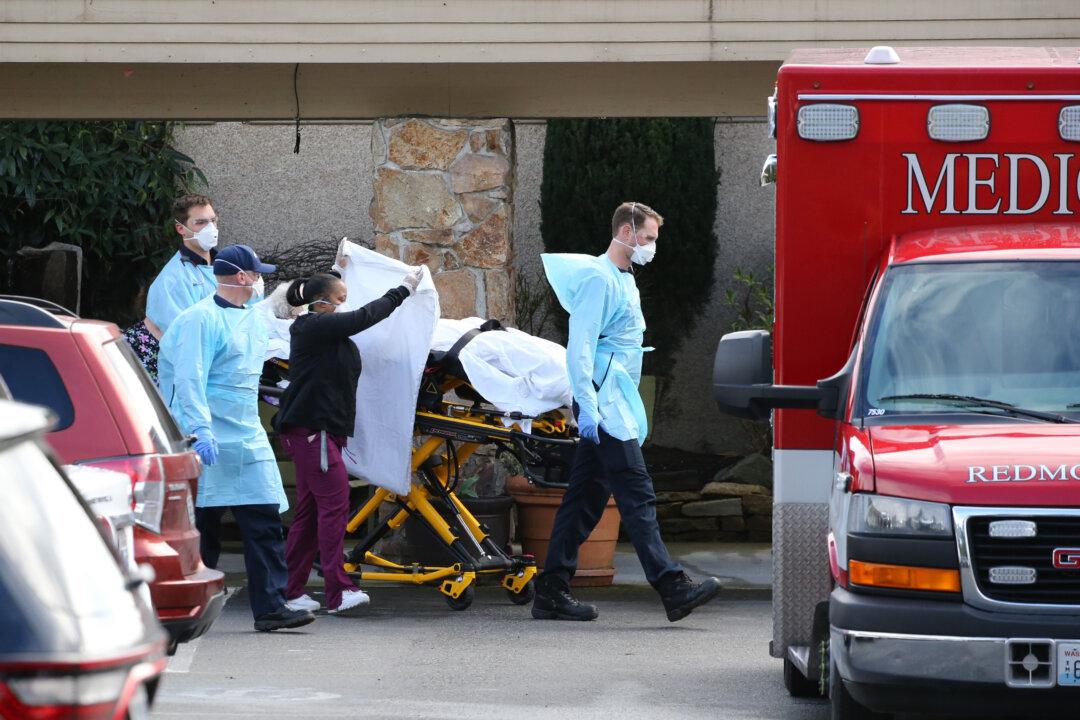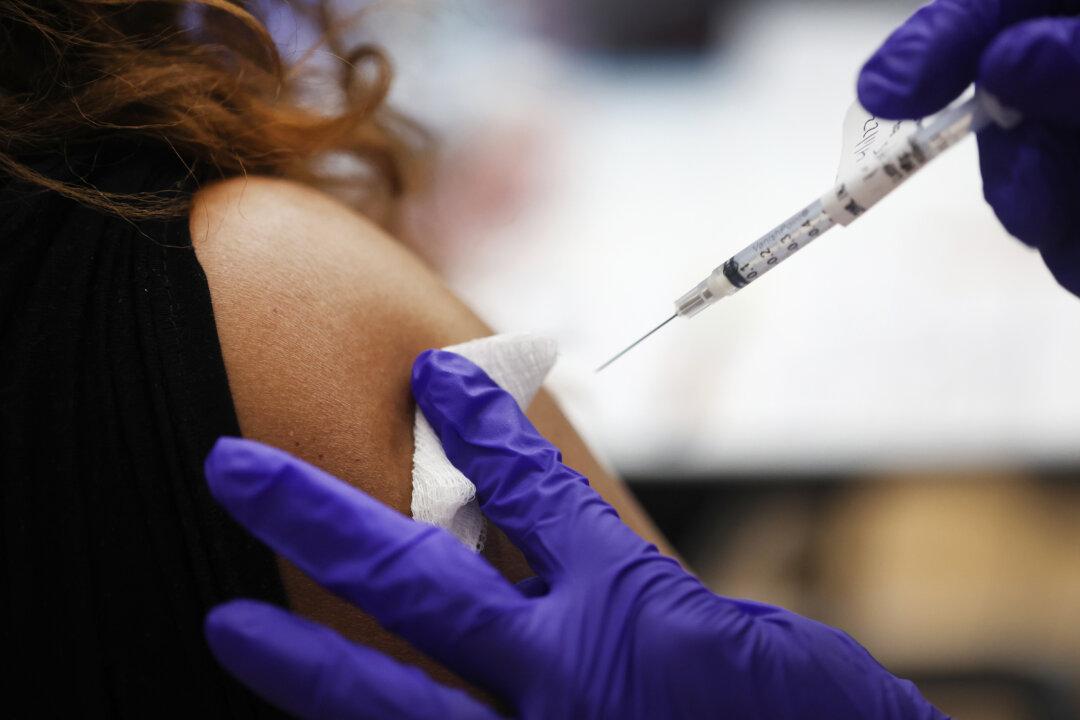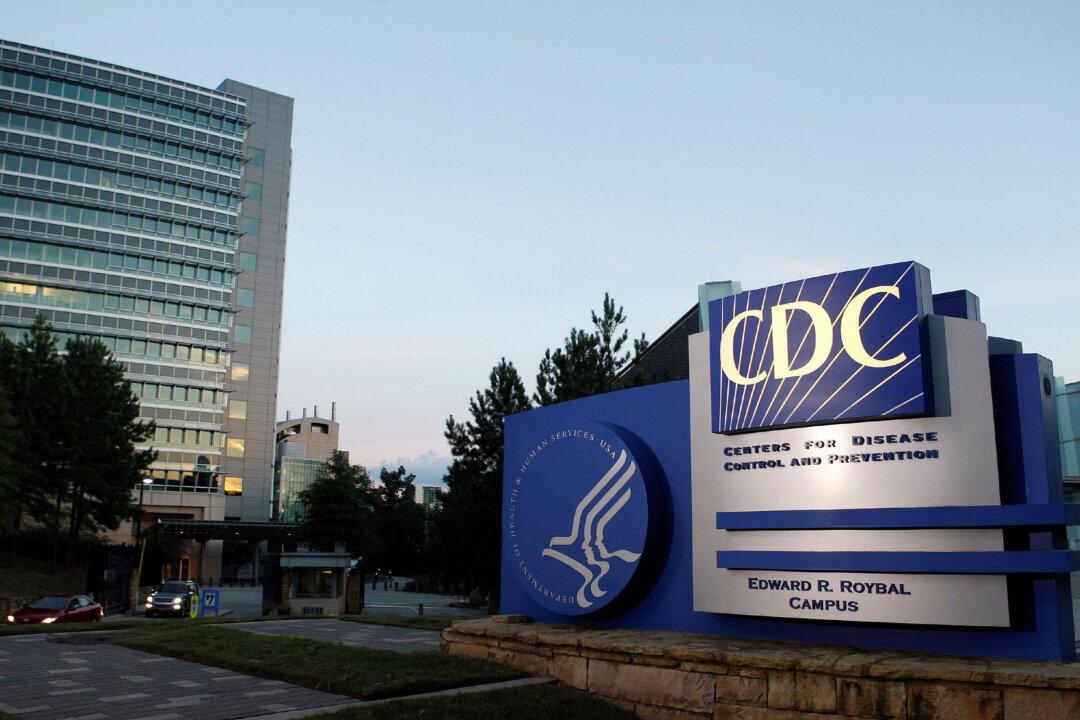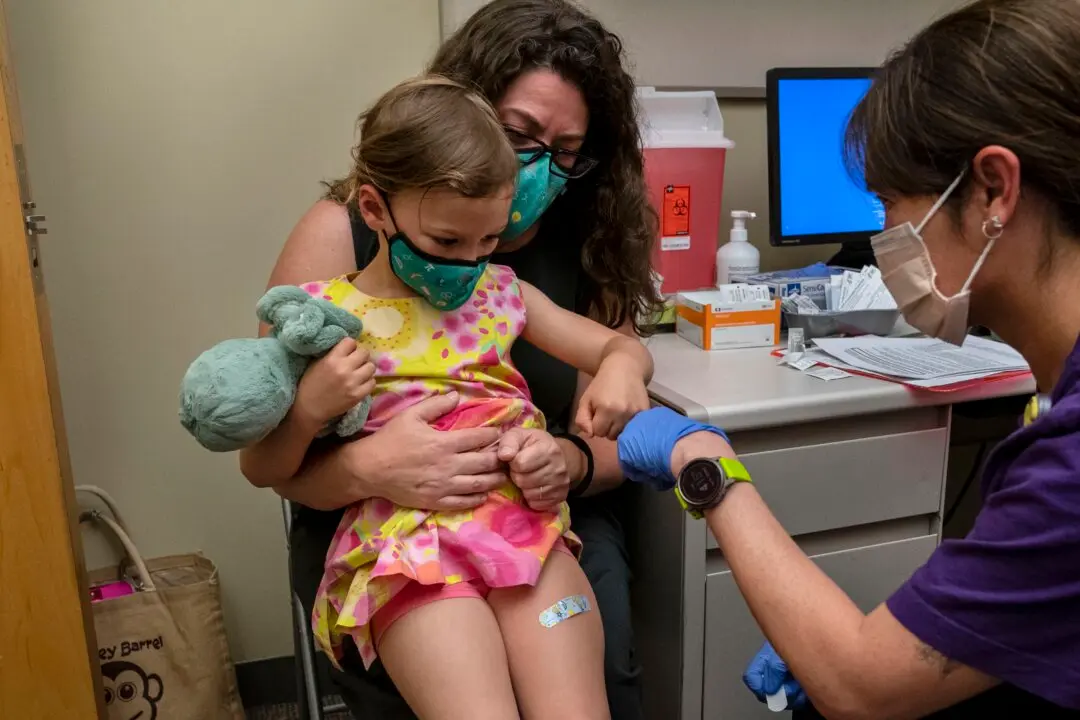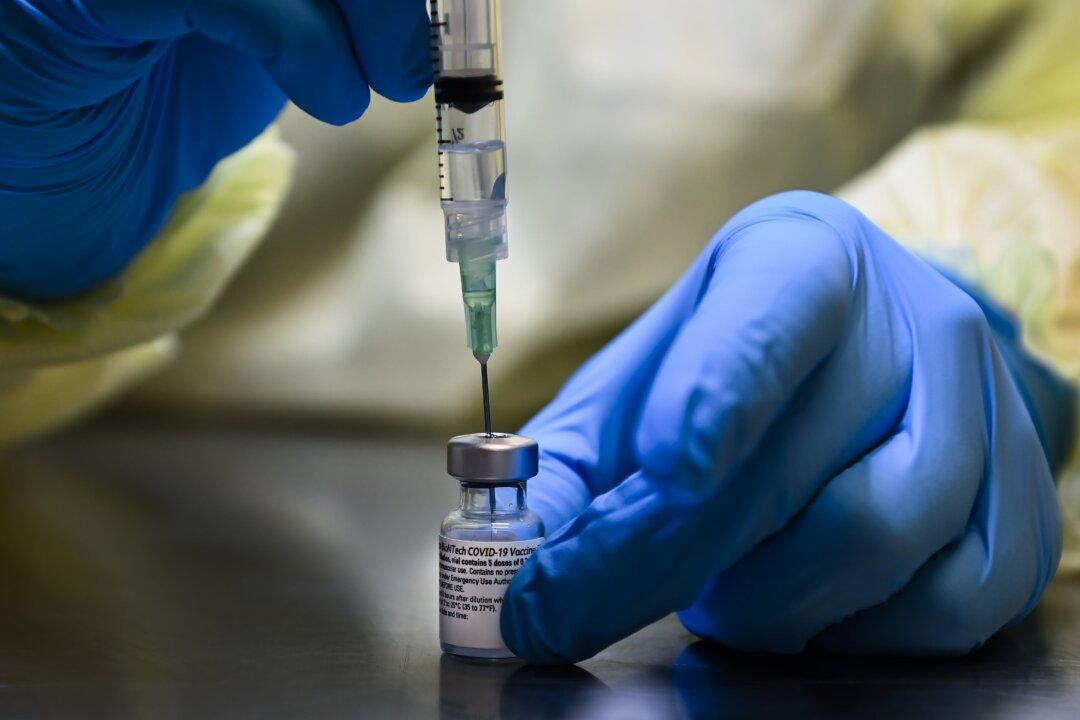A Minnesota doctor is voicing his concern that the Centers for Disease Control and Prevention’s (CDC) guideline on how to complete COVID-19 death certificates may influence medical certifiers to inflate the number of deaths from the disease.
The seven-page guideline received by Dr. Scott Jensen, a family physician and Republican state senator from Minnesota, explains how he may state a death to be a “presumed” COVID-19 death, even if testing was not done to confirm it. COVID-19 is a disease caused by the CCP (Chinese Communist Party) virus, commonly known as the novel coronavirus.

